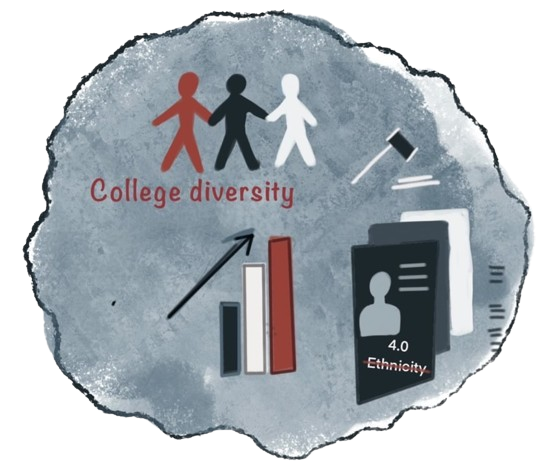New languages will open doors all over the world
The requirement to study a foreign language of one’s choice for at least two years in high school is a justified one; the ability to speak a foreign language undoubtedly broadens career choices and enhances one’s global understanding. However, with only three language choices available on campus and a limited time to learn them, future career and academic opportunities are limited, and many students graduate high school unknowledgable on the language they studied, often due to lack of relevancy in relation to student career paths.
Currently, the United States is the only industrialized country that allows high school students to graduate with a lack of knowledge when it comes to foreign languages. Only 9.3 percent of Americans are fluent in a foreign language besides English, while in comparison 52.7 percent of Europeans are fluent in their own language as well as at least one other foreign language, according to ircsd.org. Additionally, in all but two European countries, students are required to begin taking a foreign language in elementary school, rather than in high school, when students in America generally begin studying a secondary language.
Research has found that there is a positive link between second language proficiency and cognitive and academic ability, and a workforce that is multilingual improves competitiveness abroad and promotes tolerance and cultural awareness, according ncssfl.org. However, in result of the little emphasis placed on foreign languages, students in the United States lack the amount of time necessary to become fluent of another country’s language, as well as gain a good understanding of its people’s cultures and beliefs. This makes it difficult for students to pursue certain careers and study abroad opportunities that involve knowing one or more foreign languages without going to extensive measures to master those languages outside of class.
Not only is the lack of time to learn another language an issue, but the small selection of language options on campus is also very limiting in regards to the future education and career endeavors of students. For example, for a student who plans to study abroad in Europe, which includes five of the top 10 destinations for college students to study, according to usnews.com, but whose high school offered only Chinese, Latin and Spanish, he or she may not have the skills or understanding needed to be successful in that country.
In order for students at Woodbridge to become more successful in academic and career paths and to gain a full understanding of another country’s customs, Irvine Unified School District should work toward integrating the study of foreign languages earlier on in students’ academic careers, as well as consider offering a wider variety of languages.

Hi, I'm Noelle! This is my second school year participating in journalism at Woodbridge, and this class is definitely one of the best things I have been...











